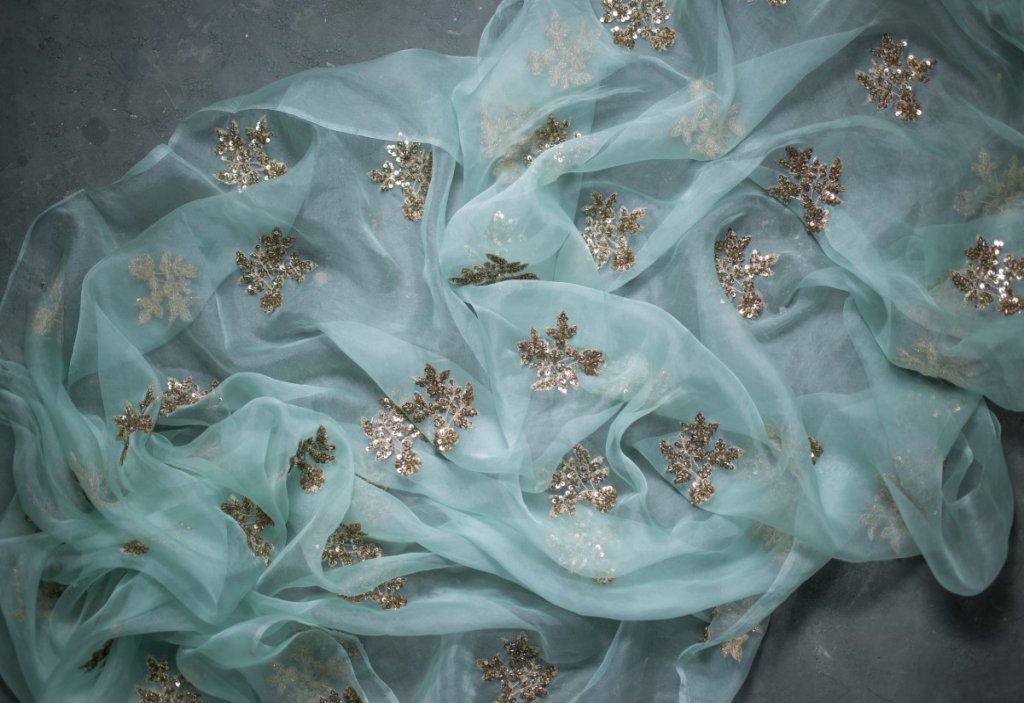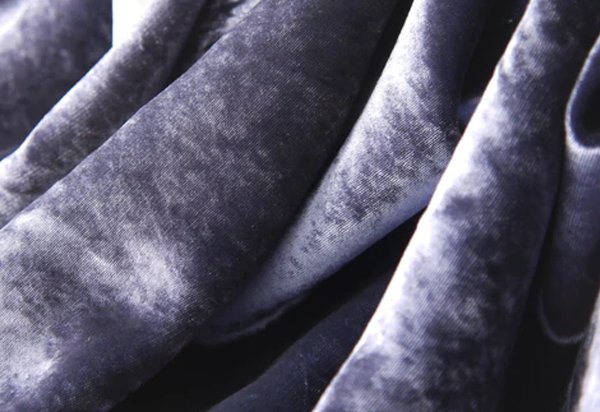A term that is used to describe a wide variety of fabrics sharing similar characteristics is chiffon. Fabric of this type is sheer, meaning that it is light and semi-transparent with a simple weave.
HISTORY AND ORIGIN OF CHIFFON
The French word chiffe, meaning cloth or rag, is the source of the word chiffon. Silk was the only material used in the first chiffons. Originally a silk fabric, chiffon was extremely expensive and was used in fashion and design to signify high social status. The first nylon chiffon appeared in 1938, and the first polyester chiffon appeared in 1958. These synthetic chiffons made chiffon more accessible and popular for common use.
When it was invented in the mid-19th century, this type of fabric was made of silk and was very expensive as well as in high demand among upper-class women in Europe and the United States. As the Industrial Age accelerated, the production of chinnon chiffon expanded worldwide. By the early 1900s, silk chiffon had been produced in large quantities in the United States, and fabric producers were starting to explore the possibility of using a material other than silk for the production of chiffon in the country.
Chinnon Chiffon was the first non-silk fabric available to consumers in 1938. The fabric was made from nylon, which was hailed at the time as a miracle fabric that could replace practically every type of organic textile. However, serious problems with nylon as a chiffon fabric soon became apparent, and for a short period, most chiffons were made of silk.
Chinnon Chiffon in existence today is almost exclusively manufactured from polyester, a synthetic material developed in 1958. Despite the fact that polyester resembled silk in many ways, it was not as soft or as "silky" as this organic textile.
EVOLUTION OF CHIFFON
The environmental impact of the production of chiffon fabric is, however, negligible when made from silk. Unlike other textiles, silk is produced sustainably and doesn't release toxins into the environment. Mulberry trees are home to caterpillar-like insects known as silkworms, which make cocoons to make this fabric. Mulberry leaves are only eaten by these worms, so pesticides or fertilizers do not need to be used to grow the leaves. Growing silk has no environmental impacts other than causing harm to insects, which is a necessary aspect of this type of textile production.
The manufacturing of chinnon chiffon in India has been going on for hundreds of years. Saris, which are traditional garments for women in India, are commonly made out of chiffon. In India, silk chiffon was once a status symbol, much like in France and other Western nations. Due to the fact that chiffon fabric is so delicate material it is made from, the production of chiffon fabric. Manufacturing chiffon fabric, regardless of the material used, is often a slow and laborious process; and to make this fabric, these machines must also work at relatively slow speeds to avoid causing any damage to finished textiles. Because chiffon has such a slippery texture, tailors may place sheets of paper on either side of the fabric during the sewing process to keep it in place. The paper is gently pulled out once the chiffon fabric outfit is entirely stitched.
This fabric is mostly used to manufacture women's clothing. Because chiffon fabric is so fragile, it is rarely used in everyday clothing. Instead, it is utilised to produce special occasion nightgowns, evening attire, or blouses. Because it is semi-transparent, chiffon fabric is commonly used to construct overlays, which are types of clothes that put over opaque forms of clothing to give a textured or delicate look.



Leave a comment
This site is protected by hCaptcha and the hCaptcha Privacy Policy and Terms of Service apply.